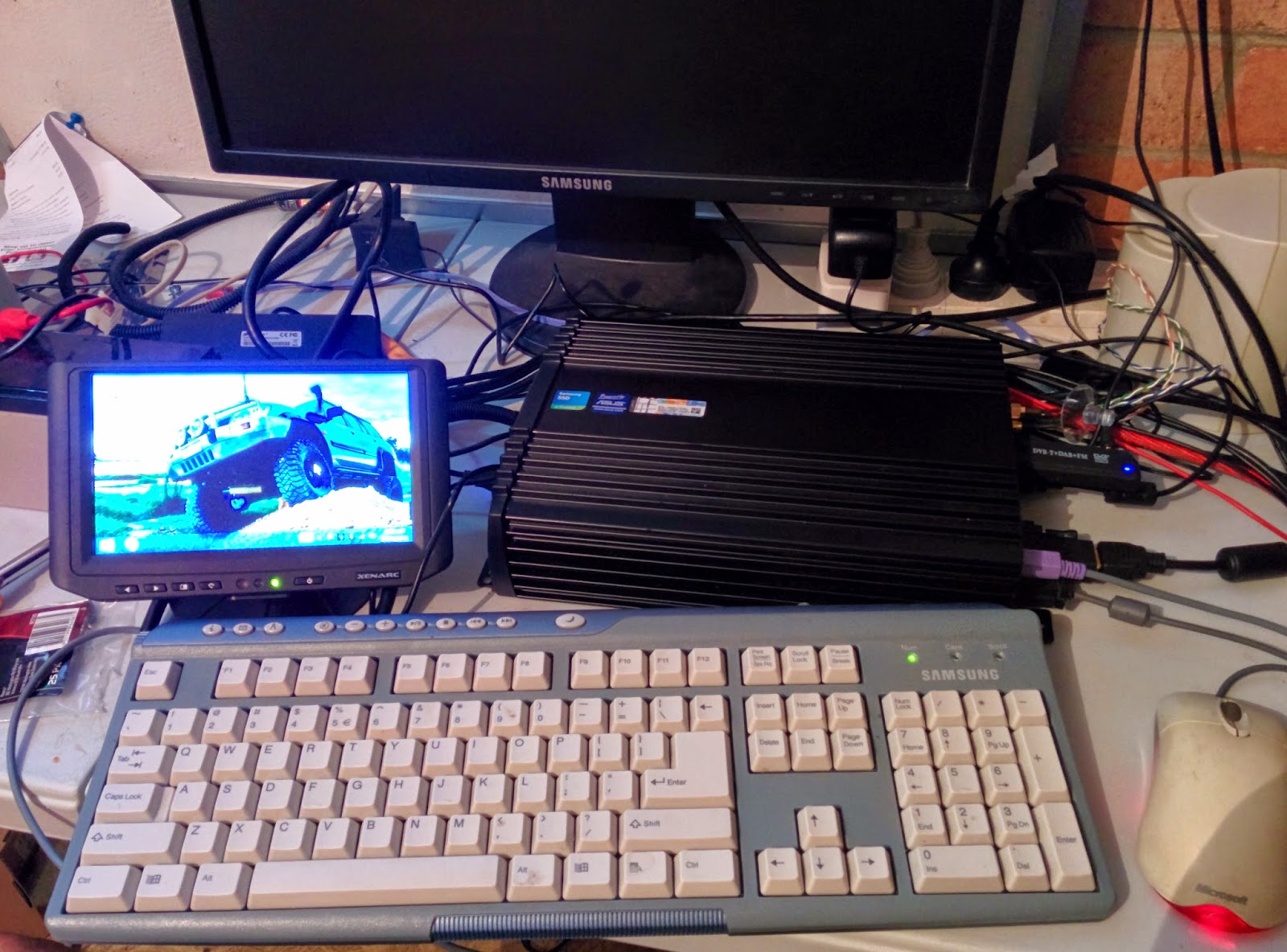We’re in the midst of a significant transformation regarding the way we produce products thanks to the digitization of manufacturing. This transition is so compelling that it is being called Industry 4.0 to represent the fourth revolution that has occurred in manufacturing. From the first industrial revolution (mechanization through water and steam power) to the mass production and assembly lines using electricity in the second, the fourth industrial revolution will take what was started in the third with the adoption of computers and automation and enhance it with smart and autonomous systems fueled by data and machine learning.
Even though some dismiss Industry 4.0 as merely a marketing buzzword, shifts are happening in manufacturing that deserves our attention.
Industry 4.0 optimizes the computerization of Industry 3.0
When computers were introduced in Industry 3.0, it was disruptive thanks to the addition of an entirely new technology. Now, and into the future as Industry 4.0 unfolds, computers are connected and communicate with one another to ultimately make decisions without human involvement. A combination of cyber-physical systems, the Internet of Things and the Internet of Systems make Industry 4.0 possible and the smart factory a reality. As a result of the support of smart machines that keep getting smarter as they get access to more data, our factories will become more efficient and productive and less wasteful. Ultimately, it's the network of these machines that are digitally connected with one another and create and share information that results in the true power of Industry 4.0.
Industry 4.0 applications today
While many organizations might still be in denial about how Industry 4.0 could impact their business or struggling to find the talent or knowledge to know how to best adopt it for their unique use cases, several others are implementing changes today and preparing for a future where smart machines improve their business. Here are just a few of the possible applications:
Identify opportunities: Since connected machines collect a tremendous volume of data that can inform maintenance, performance and other issues, as well as analyze that data to identify patterns and insights that would be impossible for a human to do in a reasonable timeframe, Industry 4.0 offers the opportunity for manufacturers to optimize their operations quickly and efficiently by knowing what needs attention. By using the data from sensors in its equipment, an African gold mine identified a problem with the oxygen levels during leaching. Once fixed, they were able to increase their yield by 3.7%, which saved them $20 million annually.
Optimize logistics and supply chains: A connected supply chain can adjust and accommodate when new information is presented. If a weather delay ties up a shipment, a connected system can proactively adjust to that reality and modify manufacturing priorities.
Autonomous equipment and vehicles: There are shipping yards that are leveraging autonomous cranes and trucks to streamline operations as they accept shipping containers from the ships.
Robots: Once only possible for large enterprises with equally large budgets, robotics are now more affordable and available to organizations of every size. From picking products at a warehouse to getting them ready to ship, autonomous robots can quickly and safely support manufacturers. Robots move goods around Amazon warehouses and also reduce costs and allow better use of floor space for the online retailer.
Additive manufacturing (3D printing): This technology has improved tremendously in the last decade and has progressed from primarily being used for prototyping to actual production. Advances in the use of metal additive manufacturing have opened up a lot of possibilities for production.
Internet of Things and the cloud: A key component of Industry 4.0 is the Internet of Things that is characterized by connected devices. Not only does this help internal operations, but through the use of the cloud environment where data is stored, equipment and operations can be optimized by leveraging the insights of others using the same equipment or to allow smaller enterprises access to technology they wouldn’t be able to on their own.
While Industry 4.0 is still evolving and we might not have the complete picture until we look back 30 years from now, companies who are adopting the technologies realize Industry 4.0's potential. These same companies are also grappling with how to upskill their current workforce to take on new work responsibilities made possible by Internet 4.0 and to recruit new employees with the right skills.


























